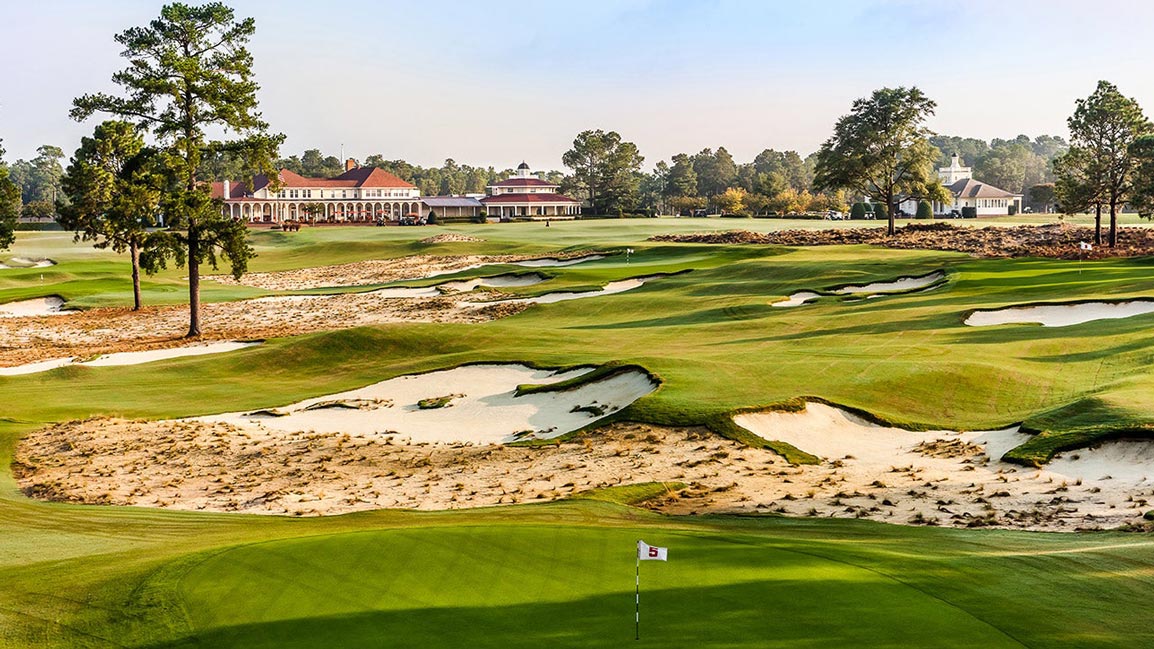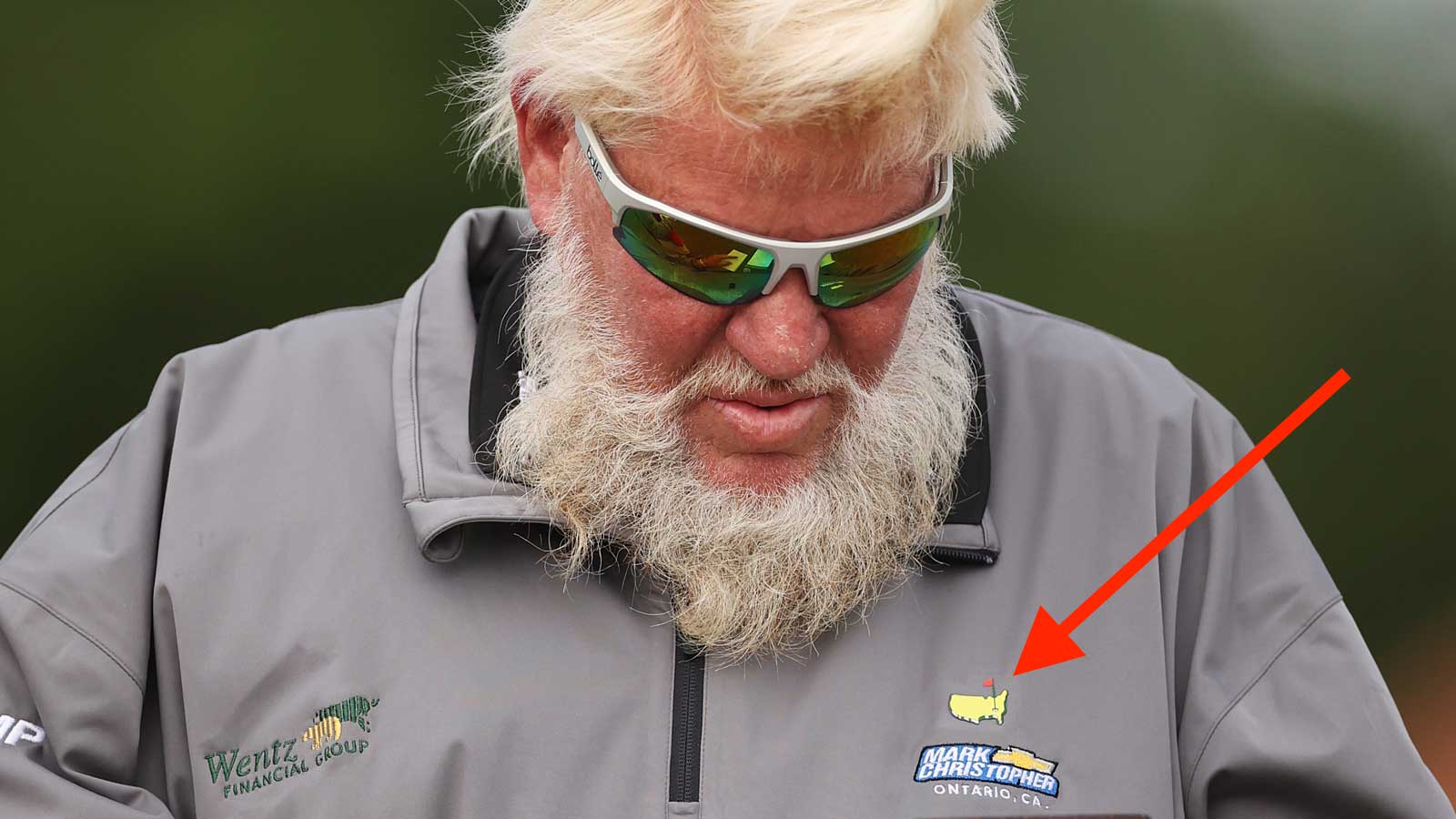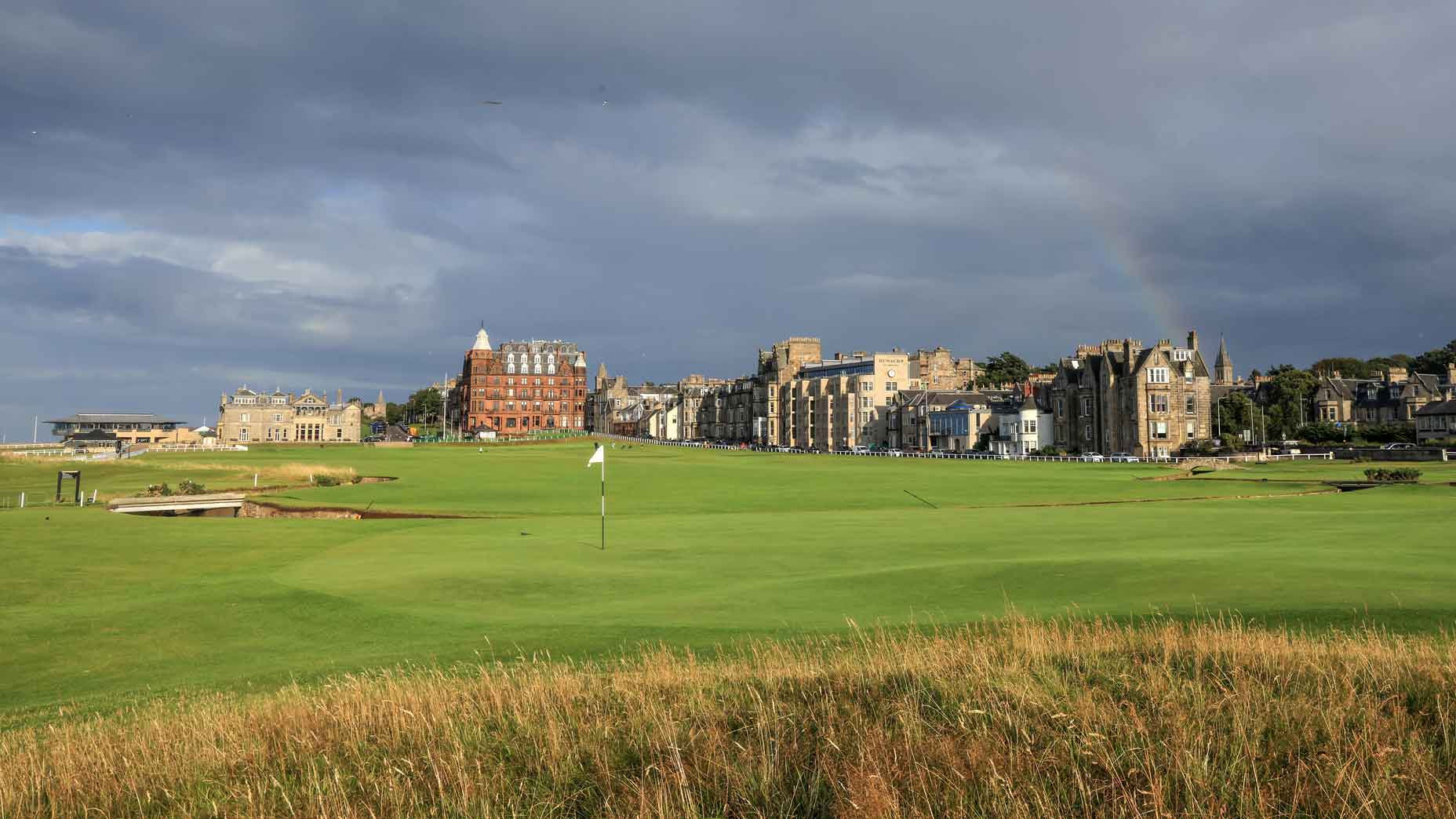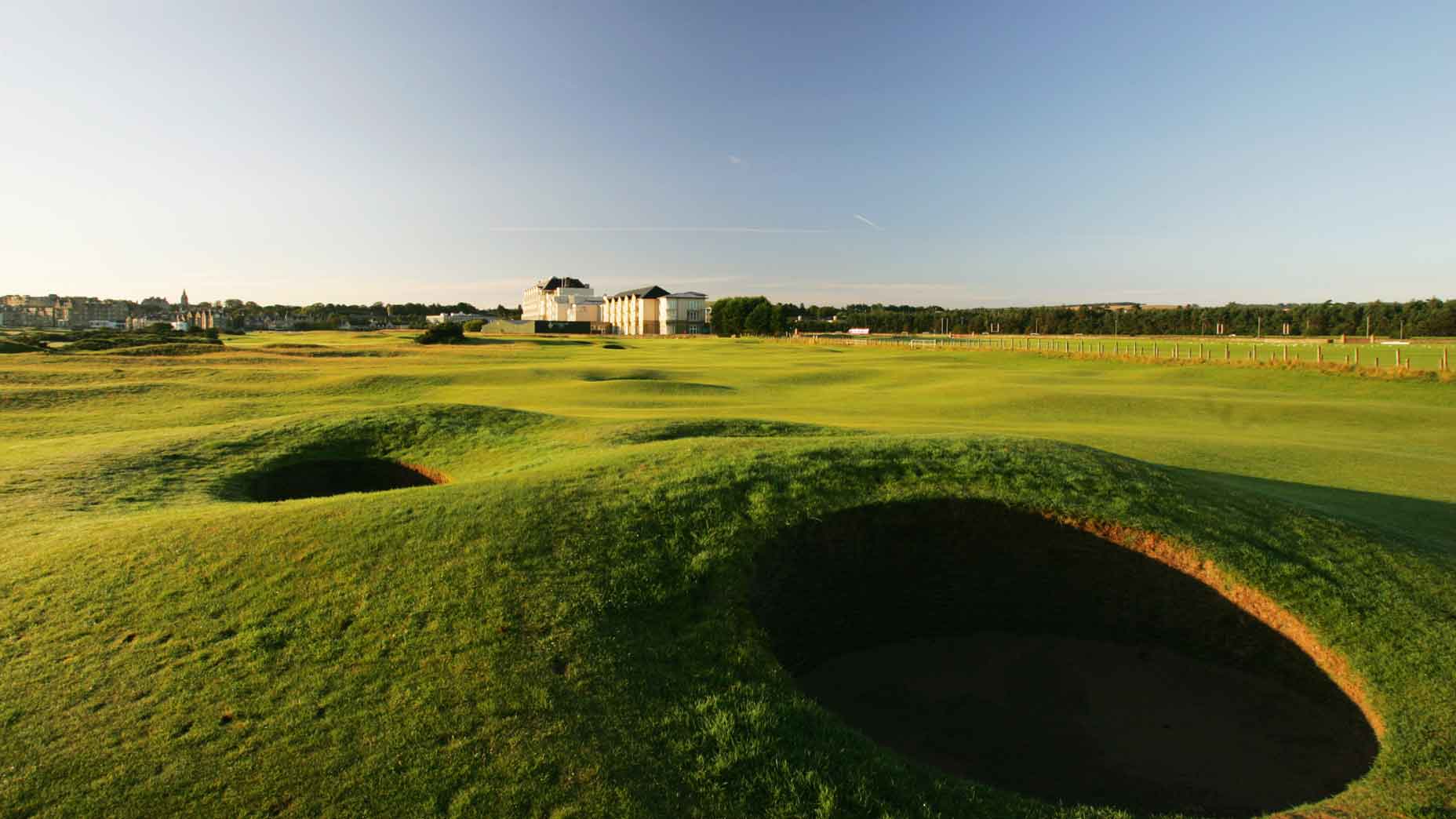Here are the 6 different types of golf courses, explained
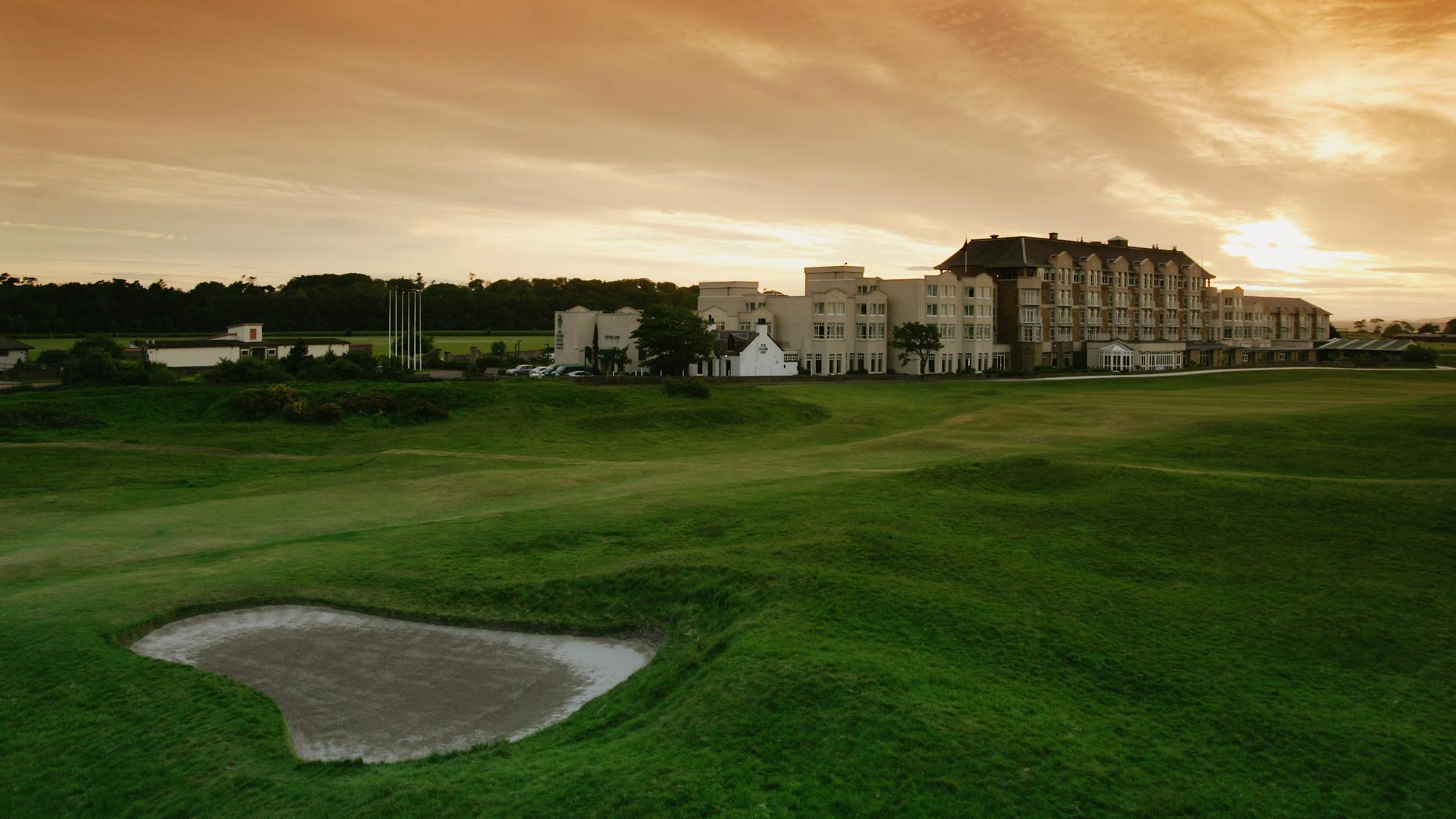
Here's a breakdown of the different types of golf courses.
Getty Images
Welcome to A Beginner’s Guide to Golf Course Design, where we’ll dig into the history, design and meaning of golf course architecture terms you’ve probably heard before but might not fully understand. We’ll explain all of the above, and better yet, teach you how to identify these features and plan your attack for the next time you see one, saving you strokes along the way. In this installment, we’re breaking down the different types of golf courses.
There is a lot of golf course jargon thrown around, but if you don’t know what these terms mean, it can feel disorienting. This week, we are focusing on some terms used to describe different types of golf courses.
Links course
First up is the most famous type of golf course, the links course. The term derives from the Old English word hlinc meaning rising ground or ridge and refers to sandy area along coast. While many courses claim to be links, call themselves links-style, or have the word links in their name, the category is more specific than that. True links courses are mostly found in Scotland, Ireland and England. The course must be along the coast with sandy soil underneath. Links golf is where the game was founded as this sandy soil was perfect for the game and not great for much anything else. The land wasn’t of any use for agriculture so people started looking for a different use for it. The sandy soil drains remarkably well, keeping the ground firm — ideal for a golf course. You can check out the links association website which tracks all the courses in the world that fit their criteria of true links. Some of these courses include The Old Course at St. Andrews, Royal Troon, Lahinch, and several of the courses at Bandon Dunes golf resort.
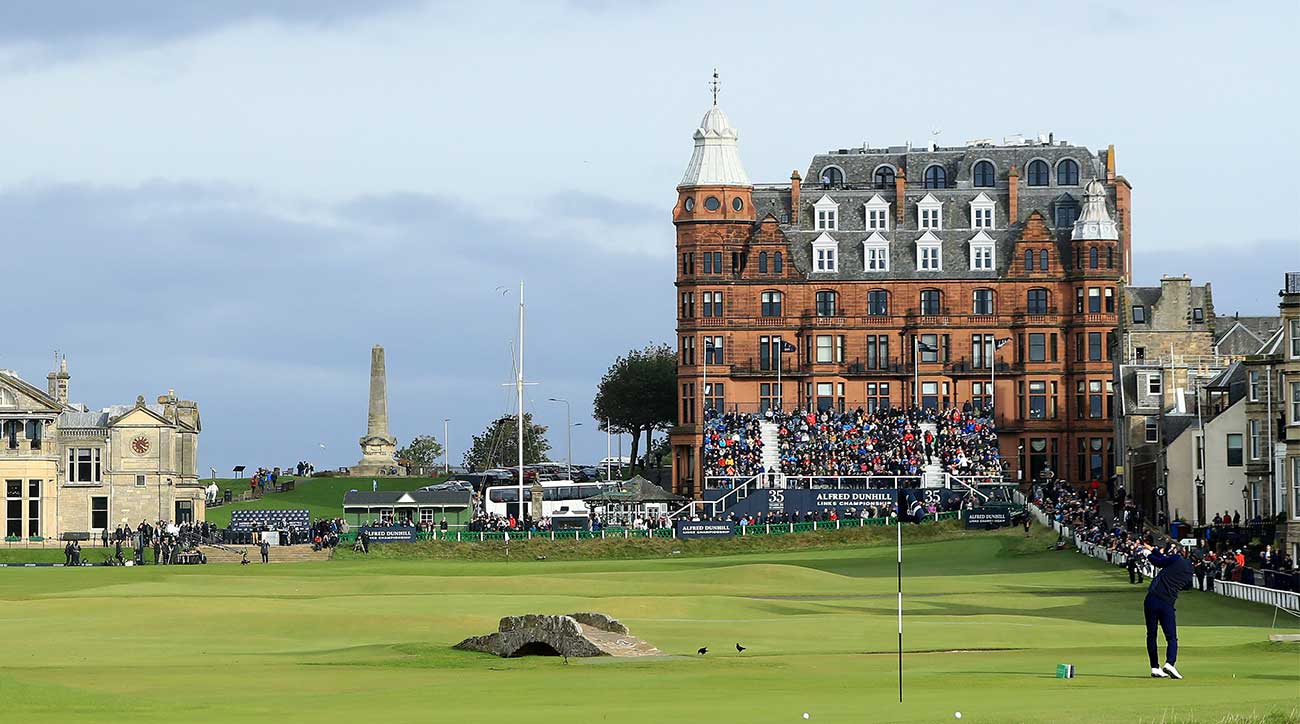
But this doesn’t tell the whole story. When most people think of links-style golf, they are picturing golf that can be played along the ground with lots of undulation, plenty of dunes and little to no trees. These courses also usually feature pot bunkers as opposed to the larger sprawling American-style bunkers. Because of the lack of trees and waterfront location, wind plays a huge factor on most links courses.
Now, architects have started trying to replicate some of these features on land that aren’t technically suitable for links courses. They will build wide-open courses and try to make the ground feel naturally undulating and windswept. These courses can still be tons of fun, even if they aren’t technically links courses.
Parkland course
Parkland courses are built inland, away from the ocean. These courses often feature lots of trees and lush grass. If you watch the PGA Tour, you’ve probably seen plenty of parkland courses. They’re called parkland courses because they look and feel like you are playing golf in a park. It’s usually the case that parkland courses are well-manicured, and are full of man-made features like dug bunkers, ponds and built-up rough. Parkland courses are often built in places that don’t have ideal conditions for golf. This means the grass and soil are harder and more expensive to maintain. Because there isn’t as much natural land movement and undulation, much more work must be done by the course architect on parkland courses to add intrigue and excitement to the course. Arguably the most famous parkland course in the world is Augusta National.
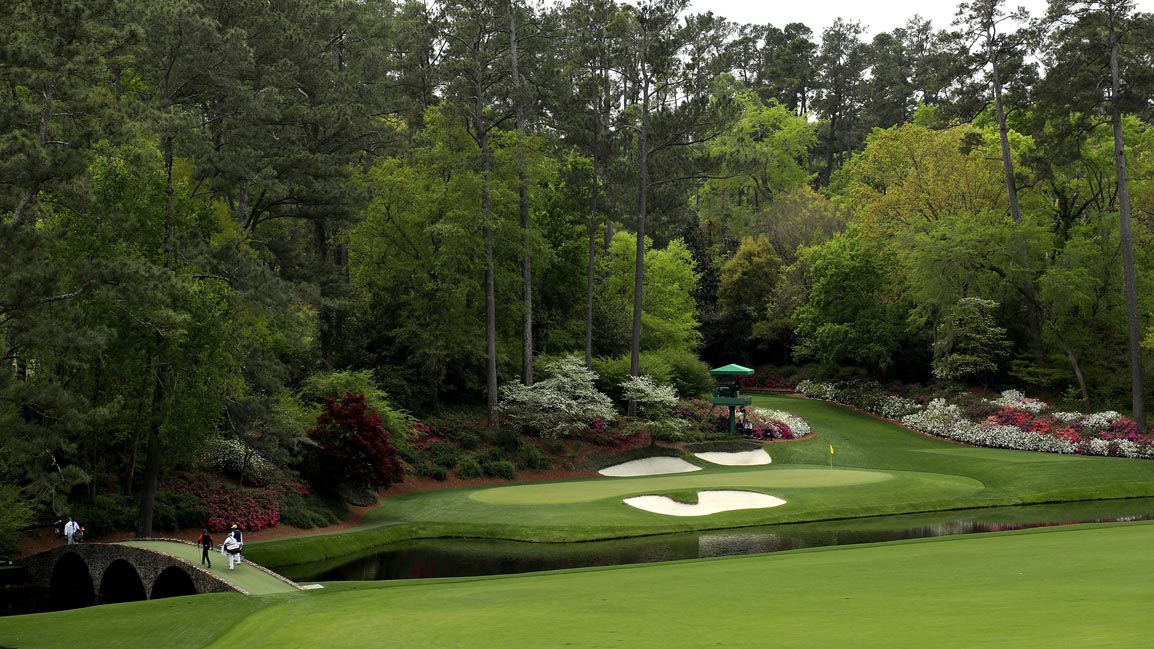
Heathland course
The quickest way to understand heathland courses is to read the definition of heath: “an area of open uncultivated land, especially in Britain, with characteristic vegetation of heather, gorse, and coarse grasses.” Most heathland courses are found in Britain. These inland courses are usually a bit more open than parkland courses as their style is based on links courses. The courses often have lots of gorse and heather as part of play and don’t usually look as precisely manicured as traditional parkland courses. While most of them have few trees (mostly pine trees) many of them have had trees grow in over the years. These courses came about when people were looking for places to play golf other than links land. The terrain is often undulating in a similar way to links and the sandy soil is similar as well. Many of the best courses in Britain are heathland courses, including Woking Golf Club, Sunningdale Golf Club, and Alwoodley Golf Club.
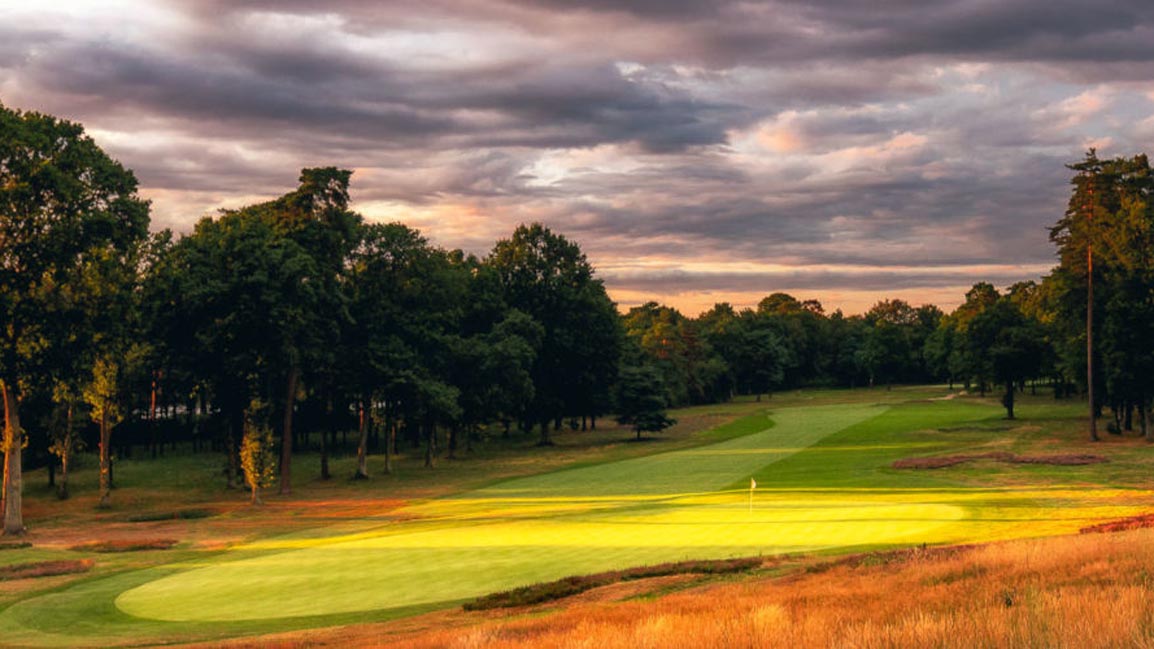
Sandbelt course
The sandbelt region in Australia is home to some of the most cherished courses in the world, though they can get lost in the shuffle due to their location. The sandbelt region is just outside of Melbourne, Australia and is home to several of the world’s finest courses. The soil in this area is surprisingly sandy compared to the surrounding areas and is perfect for golf.
“The Melbourne Sandbelt region is a geographic anomaly resulting from a prehistoric flood which deposited heavy sandstone into low lying areas,” says thesandbelt.com. “The sandy loam can reach a depth of up to 80 meters in some places.”
This soil is perfect for undulating greens and terrain with firm running ground. But the soil is also great for steep edged bunkers surrounding greens. Famed course architect Alister MacKenzie visited the sandbelt region in 1926 and designed Royal Melbourne’s West course and consulted on several other courses. Every course in the area is great, but some standouts are Royal Melbourne Golf Club, Kingston Heath Golf Club and Metropolitan Golf Club.

Stadium/Championship course
These two terms often go together. These are courses designed to host golf tournament big or small. Most of the time a club saying they have a “Championship Course” doesn’t mean much other than it is 18 holes, fairly long and fairly tough. The phrase “championship” is often used to distinguish courses if a club has more than one to choose from. But you could also define a “championship course” as a course that has hosted big tournaments, which cuts down the list dramatically.

Stadium courses might have a slightly more constricting definition. TPC courses make up the majority of “stadium courses,” as they were built with spectators in mind for PGA Tour events. Stadium courses are designed for easy movement and flow of spectators and often feature strong vantage points and exciting holes.
TPC Sawgrass is widely cited as the original stadium course. Other examples are the Stadium Course at TPC Scottsdale and TPC River Highlands in Connecticut.
Par-3 course
Short courses and par-3 courses can be looked at as “golf lite.” These courses are often extremely fun to play and friendly for beginners, kids or golfers of advancing age.
Short courses are great because they take up less land (which makes them cheaper and environmentally friendly), are quicker to play and can be playable even for a first-timer.
Some major clubs have par-3 courses that go along with their traditional, 18-hole course (Augusta National comes to mind). Many resorts are beginning to put in short courses including Sand Valley (the Sandbox), Pinehurst (The Cradle) and Bandon Dunes (The Preserve). There are great par-3 courses around the U.S. including the beautiful Palm Beach Par-3.
